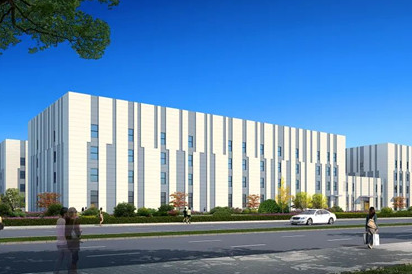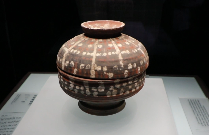Hohhot modernizing city and boosting infrastructure
Hohhot, the capital city of Inner Mongolia autonomous region, has seen huge achievements in infrastructure construction over the past few years, which has changed the city appearance significantly and brought greater convenience for local residents.
Reconstructing communities
In 2011, Hohhot started its residential area reconstruction project, which covers a range of fields, including environmental governance, repairs and maintenance of old houses, improvements to local facilities, building energy-saving facilities, and the establishment of better management.
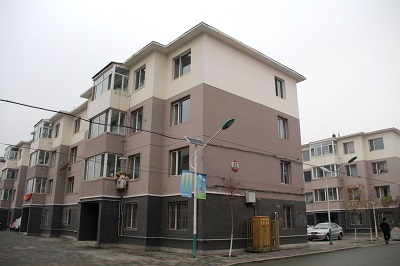
A reconstructed residential community in Hohhot, the capital city of Inner Mongolia autonomous region.[Photo/hhhtnews.com]
The construction of an underground utility corridor
The building of a utility corridor has become a trend in urban planning, to relieve the increasing shortage of land space. Hohhot began the construction of the 4.74 kilometers Dingxiang Road Utility Corridor in May 2014, with total investment amounting to 975 million yuan ($146.2 million).
The completed utility corridor is home to the area’s power lines, water pipes and telecommunication cables –– freeing up land of about 2,000 mu (133 hectares). The channel is wide enough for a one-meter-wide vehicle to check and repair the facilities, which is of great convenience.
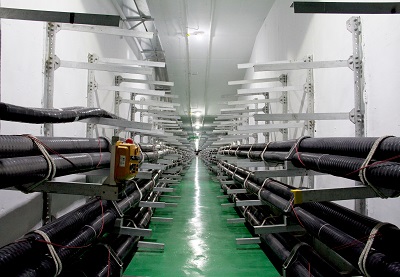
The view inside the Dingxiang Road Utility Corridor,which is located in Hohhot, and completed its construction in August 2016.[Photo/hhhtnews.com]
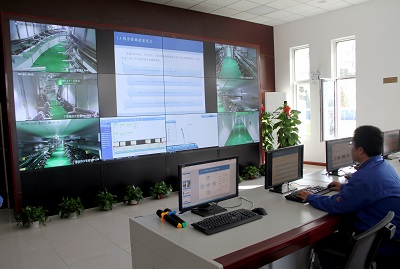
A member of staff checking the condition of a utility corridor, using the monitoring system covering the whole utility corridor.[Photo/hhhtnews.com]
According to the city’s plan, Hohhot will build another 12 utility corridors over the next two years, with the total length of the utility corridors expected to reach 23.16 km. By 2030, the total length will reach 264.04 km.
Improvements to transport infrastructure
By the end of July 2015, a 65km expressway linking Hohhot to the Beijing-Tibet Express Way, Hohhot-Jungar Banner Expressway, Hohhot–Shahukou Expressway and the airport expressway, had been finished and put into use. The expressway has helped not only to ease urban traffic congestion, but is also saving travel time for residents.
In addition, a green belt covering 360 hectares along the expressway has been constructed, with investment amounting to 360 million yuan.
Meanwhile, the bus rapid transit system in Hohhot, which extends 46km, is nearing completion. Once finished it will have a total of 39 bus stops, of which 34 will be accessible via pedestrian overcrossings, improving travel efficiency for local residents.
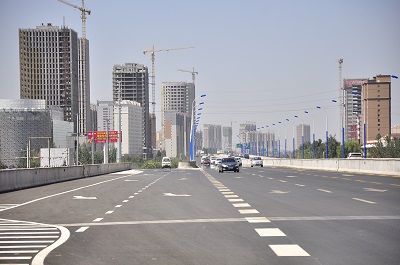
Cars on an expressway in Hohhot.[Photo/hhhtnews.com]
Metro project
In April 2015, Hohhot received approval from the National Development and Reform Commission to build its own metro system. It made Hohhot the 39th city in China to receive approval to construct a metro system. The planned metro system is divided into two stages. The first stage began construction this April, and is expected to start operations in 2020. While the second stage will not begin construction until 2017 at the earliest, and will likely commence operations in 2023.

A map highlighting the first two planned metro lines in Hohhot. [Photo/hhhtnews.com]
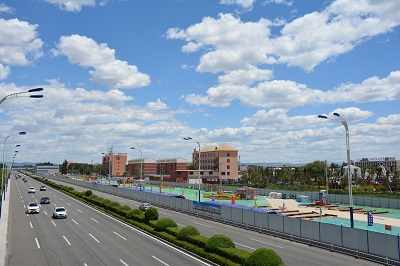
Dehong College Station, currently under construction, will be part of Hohhot’s metro line 1. [Photo/hhhtnews.com]






